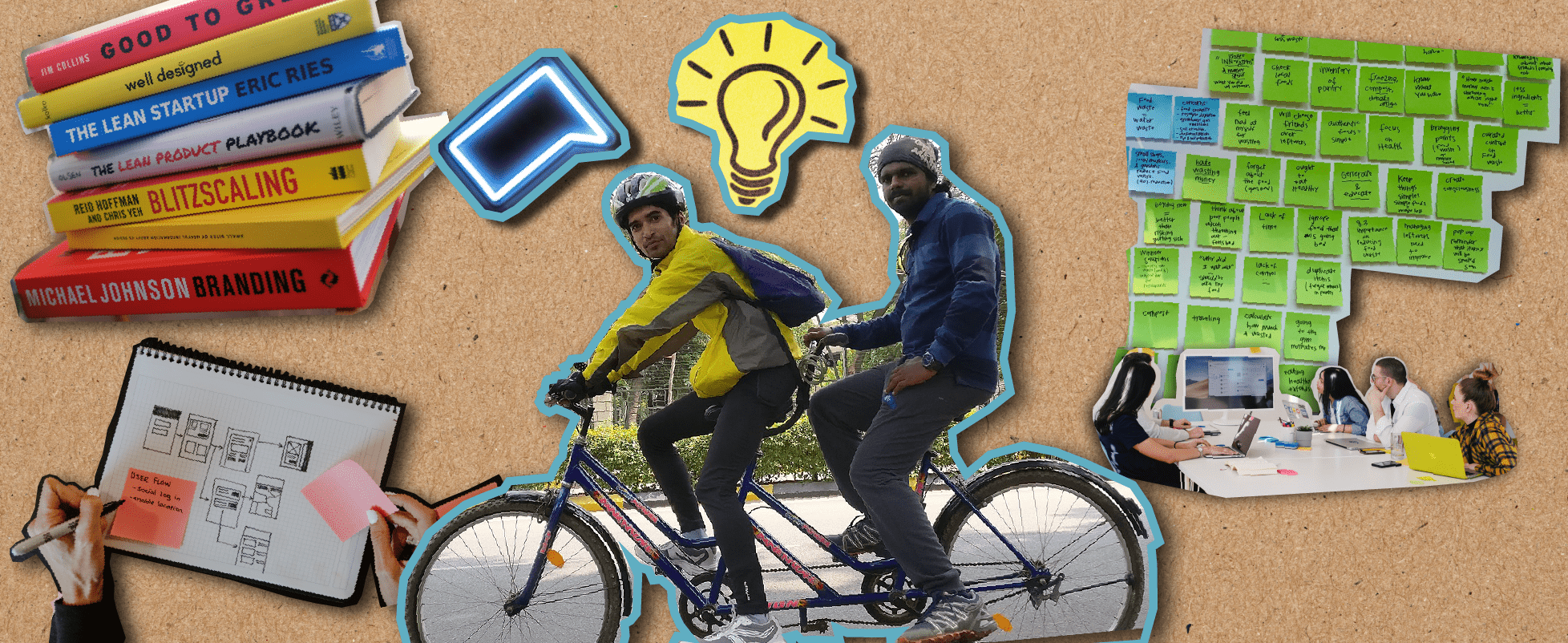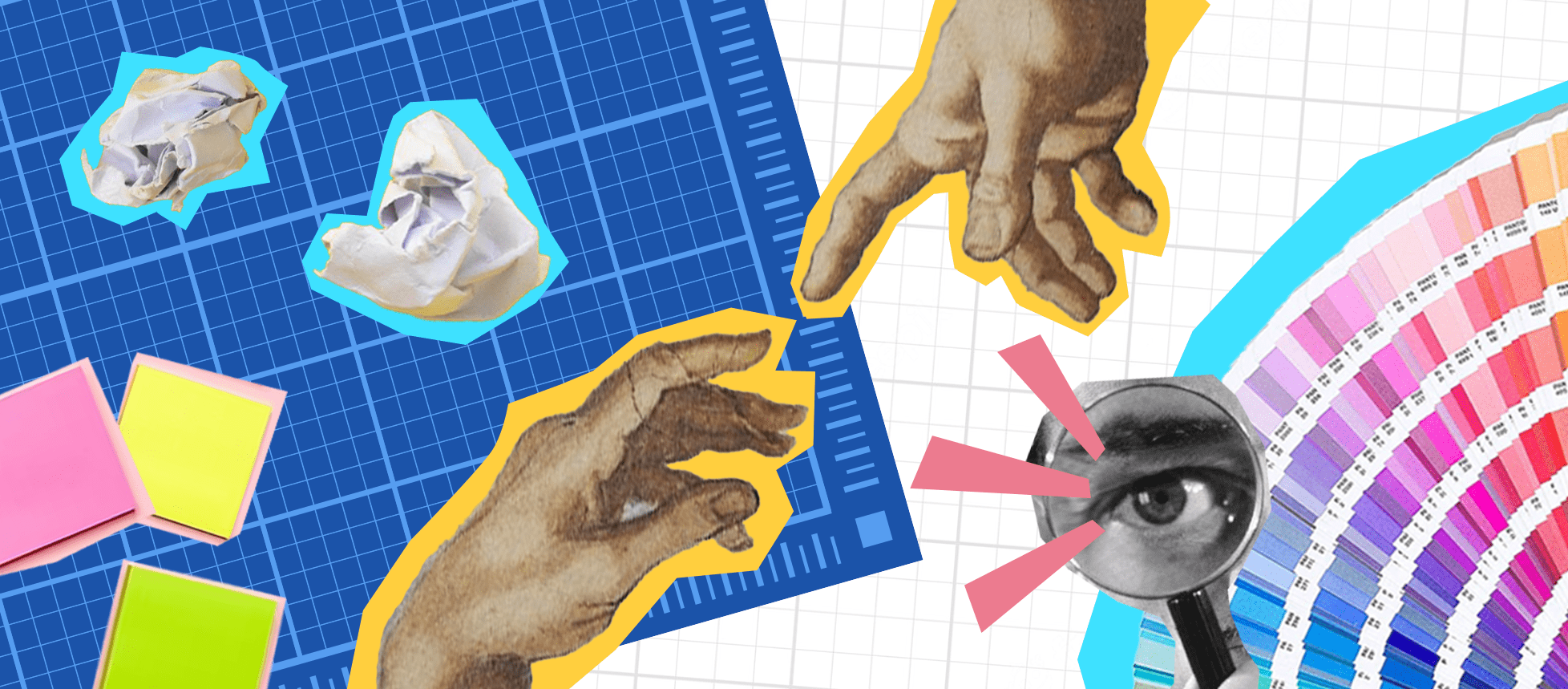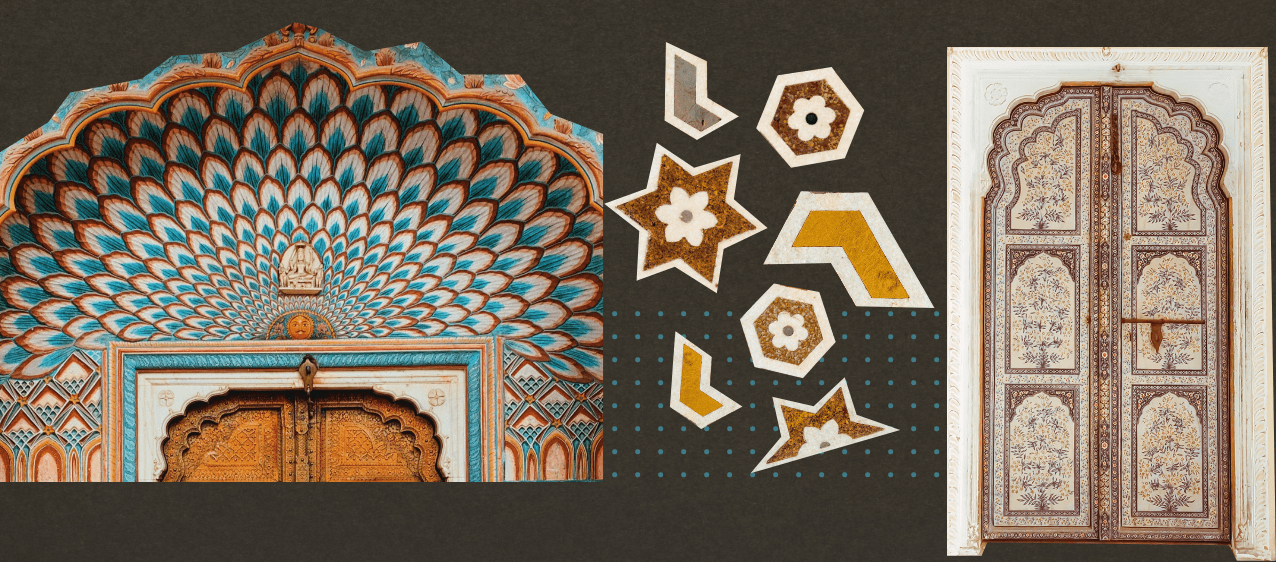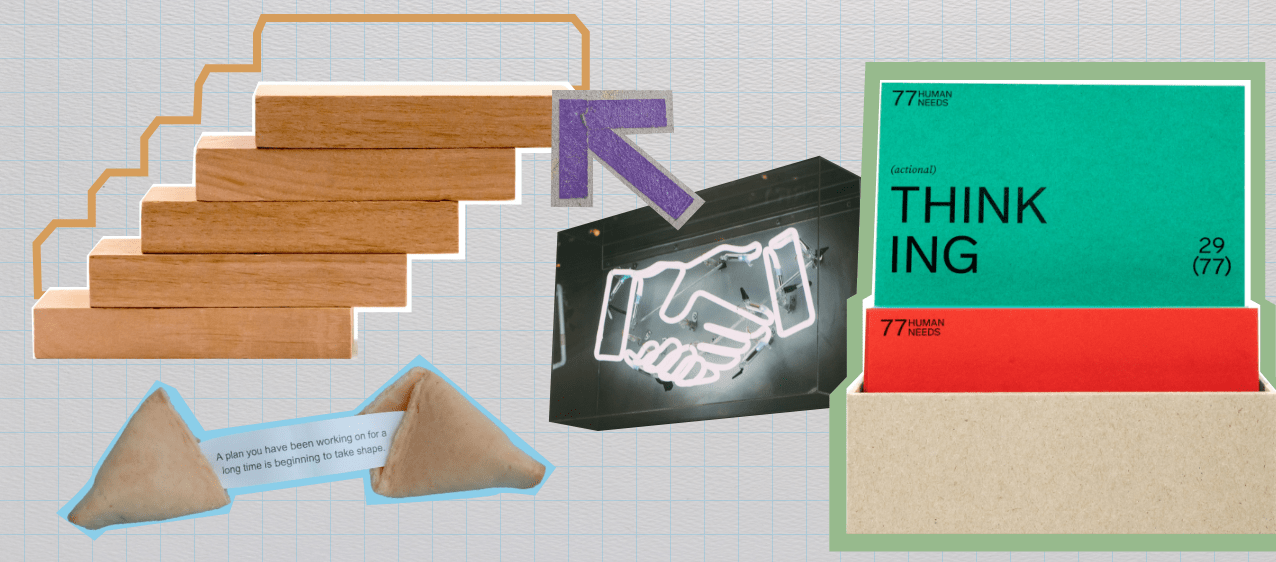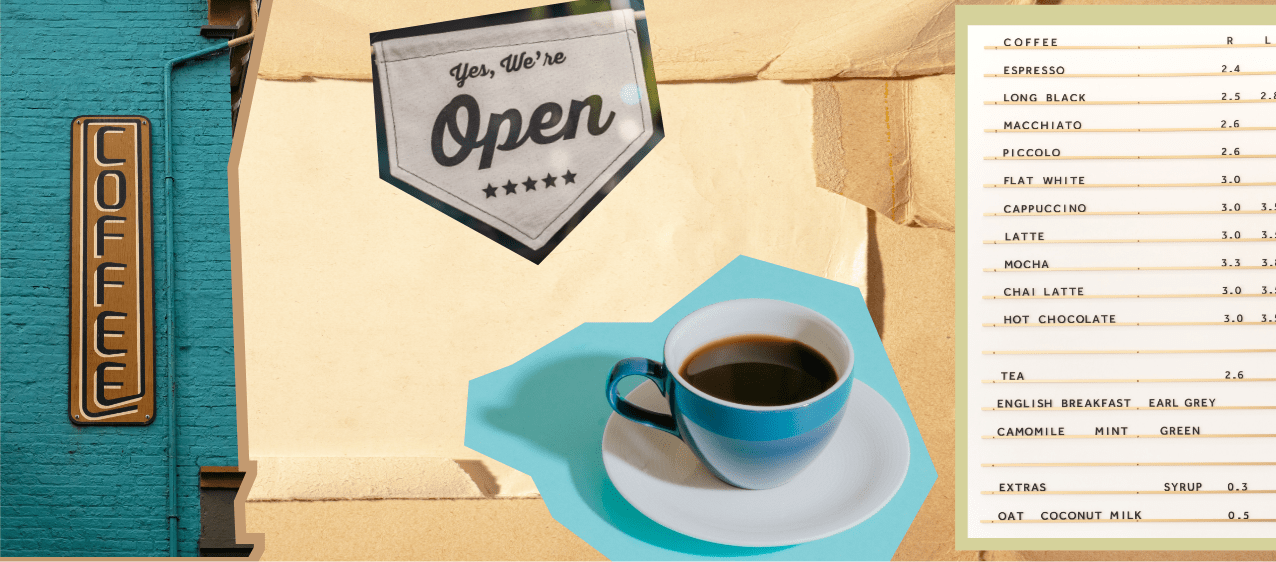Designing to Support Democracy: Brand Strategy for a School of Leadership
Client: Indian School of Democracy
We all know that politics in India (and largely across the world) is a challenging space. This makes it rare to see younger change-makers displaying the intent to solve the challenge of principled leadership in politics. Upon meeting the talented team at Indian School of Democracy, we quickly began to realize the importance of the cause they evangelize and how integral our efforts in working with them could prove to be.
Since our early days at Kwa:zi, we envisioned working closely with social impact organisations. We wished to enable them with top-notch brand and communication strategies. Cognizant of the fact that in the digital world, where a user’s attention is hard fought for and no algorithm prioritizes a social cause over any other content, the way to be heard is through (good) design and communications.
These goals remained the centre-piece for our association with Indian School of Democracy. We carefully mapped out the limitations that an organisation in this space (Development/Non-Profit) may face. Luckily, our experience in working with similar organisations led us to insights which we were determined to integrate.
Based on our learning, we created a strategy that suited the needs of ISD. Here’s how we did it.
Empathy & Exploration
To discover the motivation behind ISD’s genesis was one of the most important aspects of delivering an appropriate outcome. Our team spent an entire day in an introductory session with Hemakshi (Co-Founder) and Anita, where we defined, delineated and deciphered the communication that ISD had used till now across channels. All the taglines, phrases, words and convictions were put up on a whiteboard to visualise and examine.
Understanding the archetype of the individuals partaking in an ISD program was the crux of our session. We built personas, mapped related keywords and motivations to find our whiteboard bustling with ideas (and potential).
After incorporating feedback from Hemakshi and Anita, we amalgamated some bits of our expertise into building a framework for their design and communication practices.
We decided to concentrate on a singular brand truth and earthy colors with clean visual designs.
Ideation & Actionables
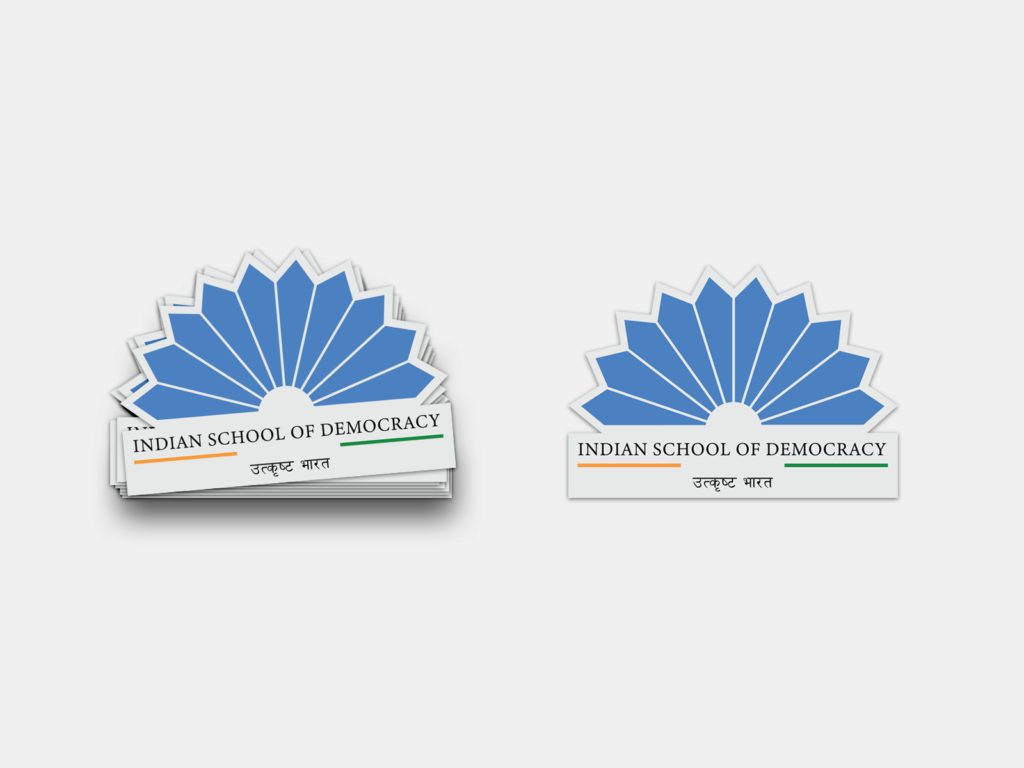
The initial ISD identity had the tricolor palette and a logo monogram that were complex characters by themselves. We suggested updating these to a primary and politically neutral blue color. The typography was improved to lend some gravitas as well as ensure brand applications matched their organizational ethos.
The audience that ISD engages with is diverse in every possible way – spanning the geography and cultural map of India. Developing a brand visual that could be relatable to most while instilling the earthy values of ISD was our top priority.
Through the usage of a watercolor effect as the secondary design element, the ISD social media design became uniform and high on recall. This element tackled a challenge that could prove to be an everyday issue – the availability of High-Resolution photos of politicians, speakers and academicians. A simple tweak like this enabled us to create good-looking posters – the holy grail of advocacy and campaign related communication.
Execution & Limitations

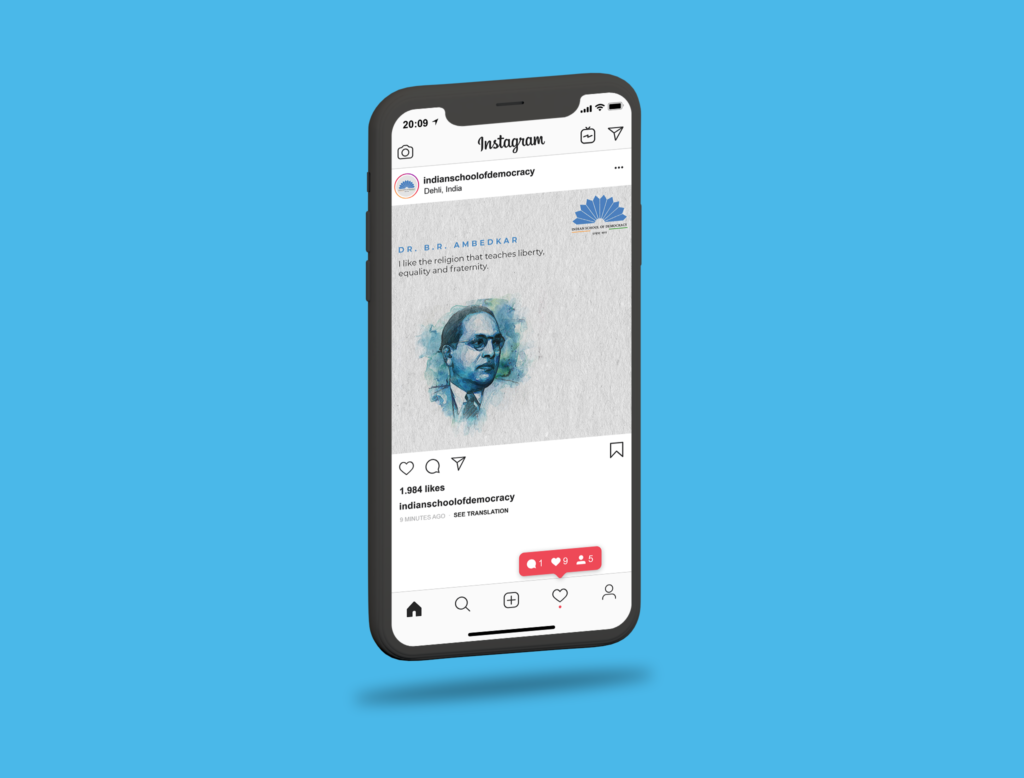
The ISD visual identity began coming into its own once we applied it on their merchandise, stationery, posters and social media posts. The perpetual challenge of maintaining design consistency was made harder by the mix of full-time employees (many of whom are subject matter experts and not designers) and volunteers. Hence we kept design templates simple, mouldable and easy to formulate.
While we used blue as the primary colour, we did not do away with the tricolour accents as ISD wishes to feature this setting, but indful usage of the accent allowed it to play a better supporting role. This redesign gave them a defined path to follow for the future, reducing the burden of rethinking design or creativity every step of the way.
We always urge our clients to don the hot of a consumer before assuming what would work, helping them realize that our audience is bombarded with constant stimulus digitally and otherwise. And the easiest way for them to establish a connection with a brand is through recognition and recall – both of which are aided by consistency in design and communication.

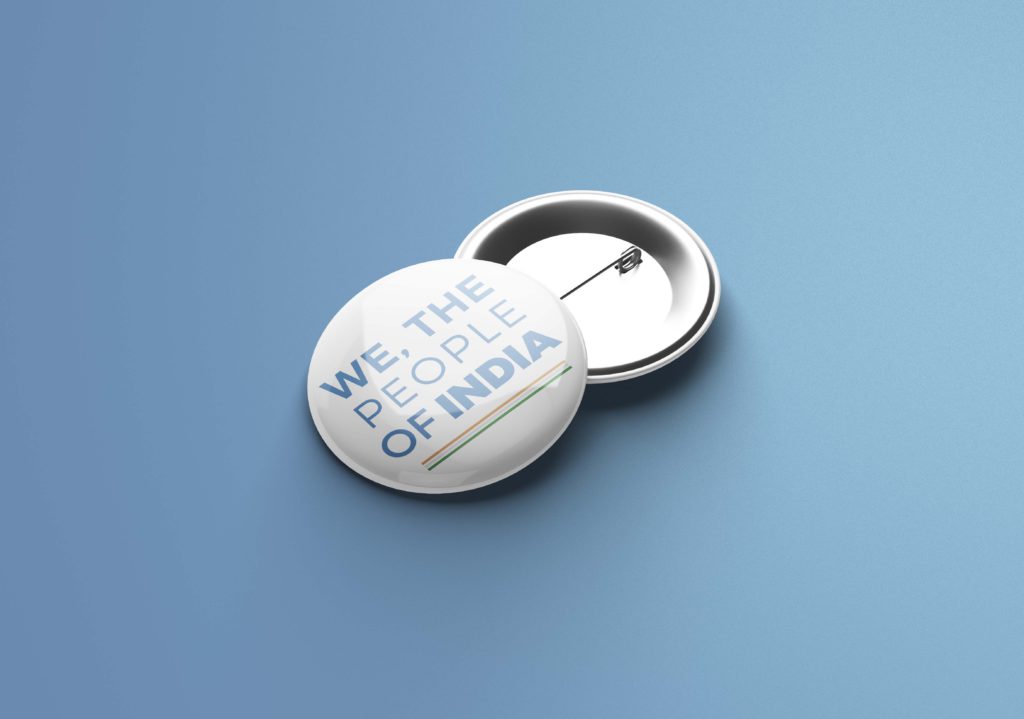
To Conclude
Our experience of working with the Indian School of Democracy has been enlightening. We realize the importance of their work in the political landscape today, and it seems deeply fulfilling that our work has and will have an impact (in whatever little way) on their journey ahead.

